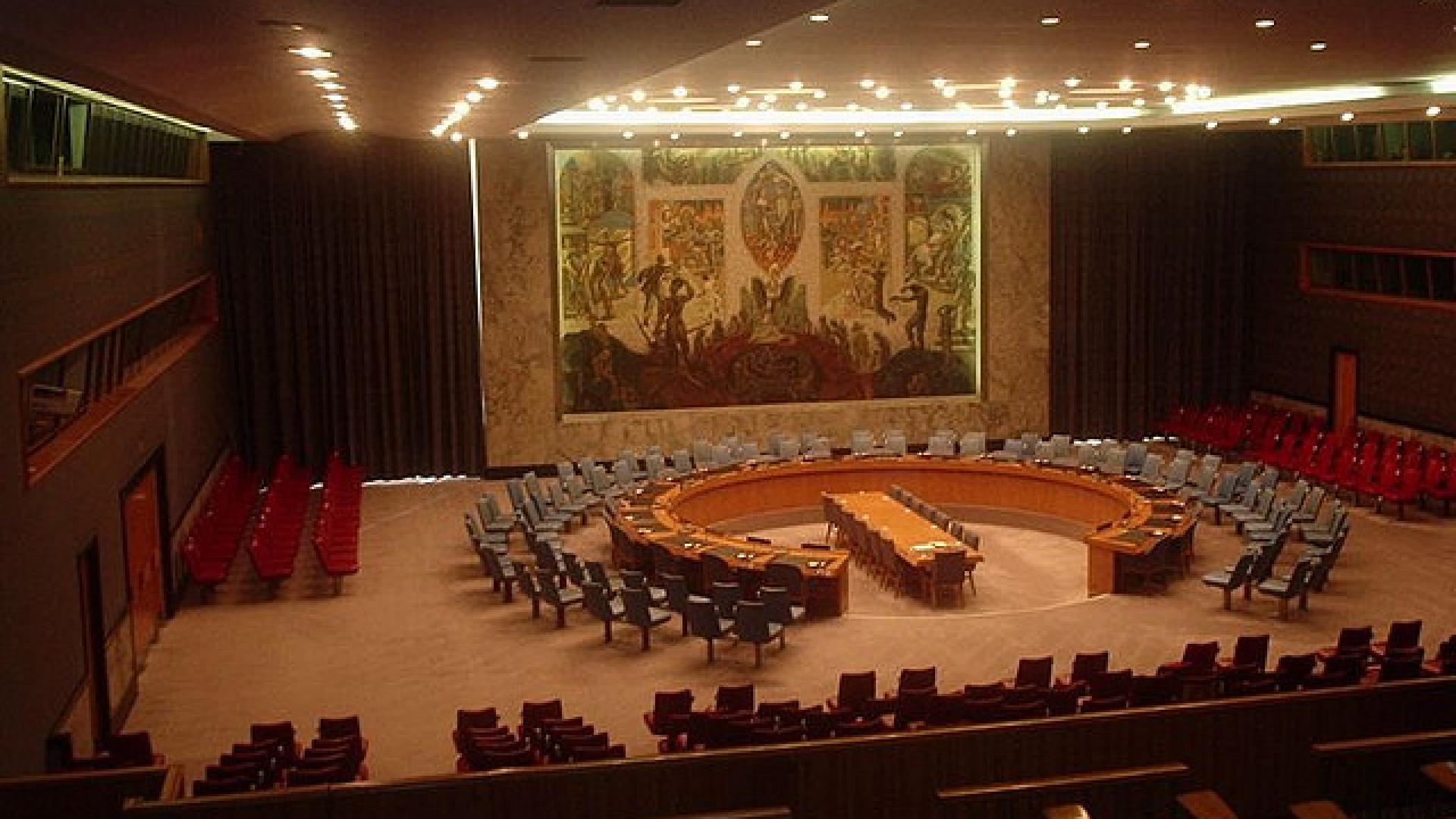In the third year of the crisis, the military stalemate and diplomatic deadlock that Syria suffers from has rendered humanitarian aid efforts even more critical. At the same time, it has created some unique challenges for overseas aid. It seems as though charities will need a combination of things to overcome them, such as effective use of digital fundraising, diligence, courage, accountability and determination just to defy the myths surrounding it.
The Syrian conflict, described as “the world’s most pressing humanitarian crisis” by Oxfam, is estimated to have left nearly 100,000 people dead and 4.3 million Syrians internally displaced. A further 1.7 million escaped to neighbouring Jordan, Lebanon, Turkey and Iraq as refugees. The UN’s World Food Programme (WFP) – which currently spends an average of £17.8m a week to feed Syrians – announced that it will need £42m a week to feed 10 million by the end of this year.
By looking at the overall performance of humanitarian aid in 2012, it is possible to say that a number of former aid appeals, like governments, have underestimated the length and scale of the crisis. The recent military gains by the Assad regime show the President is less likely to step down – a precondition set by the Syrian opposition in order to participate in the upcoming Geneva conference II – which signals an even lengthier civil war.
Apart from misleading perceptions, a factor that constrained aid financing was concerns about accountability. Donors were understandably asking whether aid was really reaching the most vulnerable and demanding additional information about local partners.
The division among Syrian opposition only added to the worries. An anecdote shared by CNS news in June suggested a US shipment of humanitarian aid was held for two weeks due to a dispute among rebel groups over whose label should be attached to the boxes. In addition, tensions between the Free Syrian Army (FSA) and jihadi group the Nusra Front turned violent in Dana, near the Turkish border, in early July.
The presence of rivalries within the opposition risks turning humanitarian aid into a means of grasping power by groups competing for the allegiance of local population. Another result of the deepening crisis is sectarian division, especially those following Hezbollah’s intervention in Syria in favour of regime forces. This requires aid initiatives to give specific attention to the increasingly communal character of the conflict.
In early 2013, violence intensified further and operational restrictions increased and humanitarian aid has become even more difficult to deliver. A number of humanitarian operations had to be cancelled for security reasons. Moreover, the recent lift of the ban on weapon supplies to Syrian opposition by the EU will likely face Russian retaliation and thus exacerbate the situation.
Nevertheless, many organisations were able to reach supplies in many parts of Syria, even in zones of active fighting. This might have encouraged a number of initiatives that took action from April this year. The breakthrough came with UN’s record £3.2bn campaign to aid 6.8 million people in need of assistance in Syria. The World Health Organisation, UNICEF, the Office for the Co-ordination of Humanitarian Affairs, the World Food Programme and the UNHCR came together for the first time for Syria and demonstrated the will of international community in helping Syrians.
National governments have also stepped up their initiatives. Currently, the US, which has provided $815m since the start of the crisis, is funding a disease surveillance system in rebel-held areas to enable early detection of cholera and measles. There has so far been no widespread reporting of humanitarian aid being diverted and this might have encouraged US officials to expand their aid offices near the Syrian border with Turkey. Similarly, the German government is seeking to invest for humanitarian assistance infrastructure in the city of Gaziantep in south-eastern Turkey. These can be read as positive signals that Western governments no longer wait for an end to civil war in order to get serious with aid.
So what could be potential lessons for charities that are active in providing humanitarian aid to Syria? First of all, it should be clear that aid-provision has to take place, in most cases, in the absence of safe-zones, which is likely to test the operational capabilities of international aid. In any case, we have to closely watch the situation unfold, not least with an eye on shifting allegiances. Secondly, recent experience has shown limited access and lack of funds is partly due to concerns about the credibility of local partners. But the cost of inaction is much greater since a lack of aid only increases fragility of society and thus exacerbates the situation by opening the way for more radicalism. Charities can tap into the current willingness shown by Western governments and the international community to provide aid by using their logistical channels to increase the effectiveness of their contribution.
Also, the accountability of local actors simply will not rise in the current vacuum, only in tested relationships. That is to say no credibility can be ensured without working with different partners. Finally, as the Disasters Emergency Committee (DEC) Syrian Crisis appeal has shown, digital sources are becoming a much more effective means of fundraising. Charities need to consider a wide range of angles as the world of international aid becomes ever more complex.
Are we on track, a-broadly speaking? Or could you say Damasc-us slipped? Leave us a comment below.

